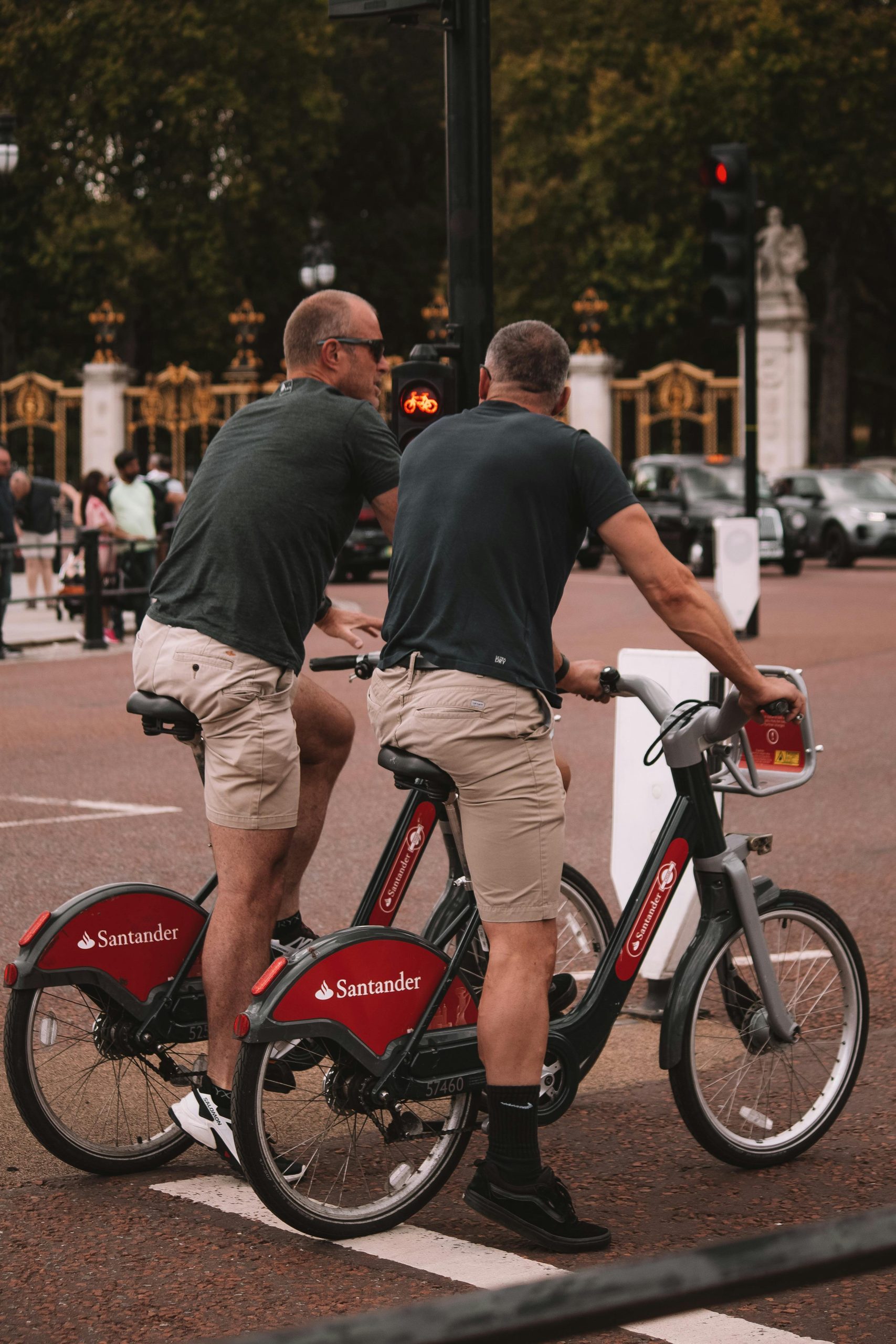The Need for Electric Santander Bikes: A Call for Innovation
The Santander bike-sharing program, often referred to as “Boris Bikes,” has been a popular mode of transport across London since its inception. However, as the cycling landscape evolves, one can’t help but wonder: why haven’t we seen significant updates or the introduction of electric options for these bikes?
In recent years, the bike-sharing market has become increasingly competitive, with companies like Lime (backed by Uber) making substantial gains. These businesses have successfully captured a large segment of the urban mobility market, offering electric scooters and bikes as an attractive alternative. Unfortunately, the Santander bike program seems to be lagging behind, struggling to maintain its relevance amidst the growing urban transport options.
Owned by Transport for London (TfL), one would expect that there would be a robust investment strategy focused on modernizing and expanding the Santander fleet. However, the reality is that the program has largely remained static, with its coverage seemingly concentrated in central London and little to no expansion to the outskirts or other boroughs.
It’s evident that cities are undergoing a transformation, and London is no exception. Many areas, including places like Heathrow, have become hubs for alternative bike-sharing providers, which underscores the need for the Santander program to adapt and grow. As Londoners and visitors alike seek efficient, environmentally-friendly transport solutions, the introduction of electric bikes and an expanded service area could offer a much-needed revitalization for this iconic cycling initiative.
As we look ahead, it’s crucial for TfL and the Santander bike program to take a step back and consider the need for innovation. Embracing electric technology and expanding service coverage could not only regain lost market share but also bolster the city’s commitment to sustainable and accessible transport options. If London is to remain a leader in urban mobility, it may be time for Santander bikes to evolve or risk becoming obsolete in a rapidly changing landscape.


Absolutely agree that innovation is crucial for London’s bike-sharing future
As a resident who relies heavily on sustainable transport options, I believe introducing electric Santander bikes would be a significant step forward. Electric bikes offer several benefits, including making commuting easier for a wider range of users, especially those covering hilly areas or longer distances where traditional bikes might be less practical.
Potential advantages of electric Santander bikes include:
Furthermore, expanding coverage beyond central London to outer boroughs and key hubs like Heathrow would make the service more inclusive and convenient for residents and visitors alike. Strategic investment in electric bikes and broader service areas could revitalize the program and position TfL as a leader in sustainable urban transport.
Looking ahead, a few considerations:
Insightful Perspectives on the Future of Santander Bikes in London
As a proud London resident and frequent user of the city’s transport options, I completely agree that modernizing the Santander bike scheme is essential for maintaining its relevance and appeal. The introduction of electric bikes could be a game-changer, especially given how universities, business districts, and outskirts are increasingly embracing sustainable and efficient mobility solutions.
Some points worth considering include:
Overall, modernization efforts like these could not only strengthen the program’s competitiveness but also resonate well with London’s commitment to becoming a cleaner, greener city. It will be interesting to see how TfL incorporates these ideas moving forward.